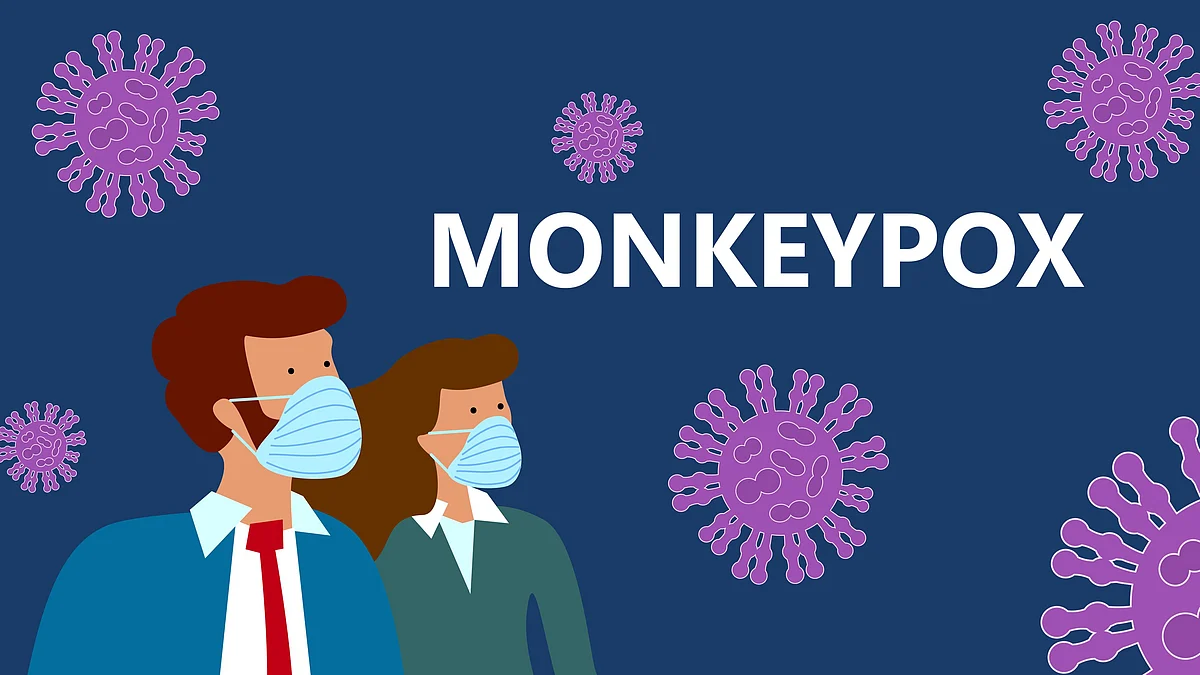Monkeypox Declared a Public Health Emergency: What are the Safety Guidelines?
India reported its first case of Monkeypox on 14 July, Thursday. Here's what the MoHFW's new guideline says.

advertisement
The World Health Organization (WHO) on Saturday, 23 July, declared the ongoing global monkeypox outbreak a public health emergency of international concern.
The decision comes after several meetings of WHO officials, and a day after the global caseload of the illness crossed 14,000.
A few days ago, on 15 June, India's Ministry of Health and Family Welfare released a guideline on managing monkeypox, after the country reported it's first comfirmed case of monkeypox on Thursday.
The guideline advices those who develop symptoms of fever with rashes to consust a healthcare facility if:
They have come in contact with people who may have had monkeypox
They live in areas where monkeypox has been detected.
The guidelines also says that travellers should avoid
Close contact with sick people, especially if they have skin lesions.
Close contact with wild animals, especially rodents and primates.
eating meat of wild animals.
Close contact with contaminated material that has been handled by sick people.
MoHFW Monkeypox Guidelines
(Source: Ministry of Health and Family Welfare)
What is Monkeypox?
Monkeypox is a viral infection caused by the monkeypox virus, and its symptoms can be similar to that of smallpox.
Although it is not a new disease, it was considered a rare disease that was largely confined to the tropical rainforest areas of Central and West Africa.
Since May, however, cases of monkeypox have been spreading rapidly across the world – in countries where it isn't endemic –in people with no travel history to these regions.
In a matter of a couple of months, the disease has spread in around 60 countries and the total global caseload of monkeypox has gone up to 9200 and counting.
Typical symptoms to look out for include,
Fever
Chills
Headache
Bodyache
Rashes
Swollen lymph nodes
Painful blisters on the hands, feet and face (like chickenpox)
(At The Quint, we question everything. Play an active role in shaping our journalism by becoming a member today.)